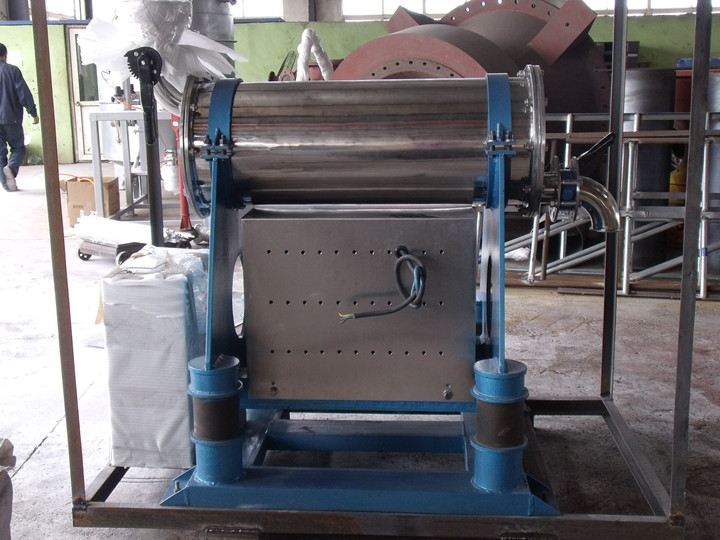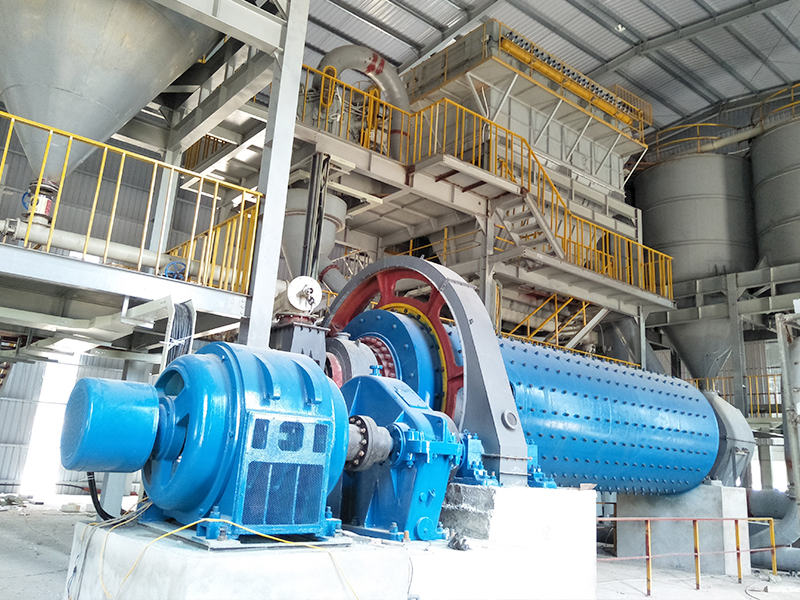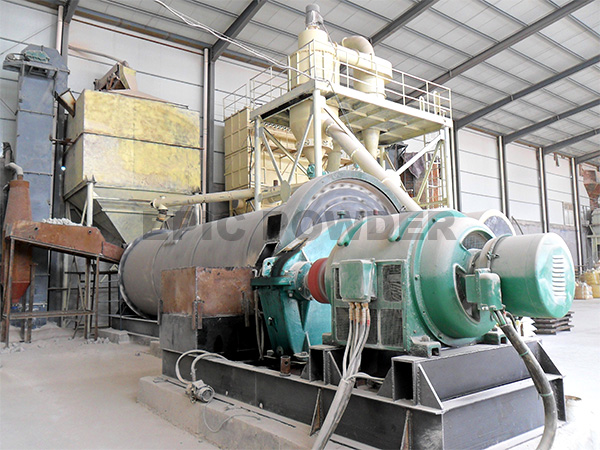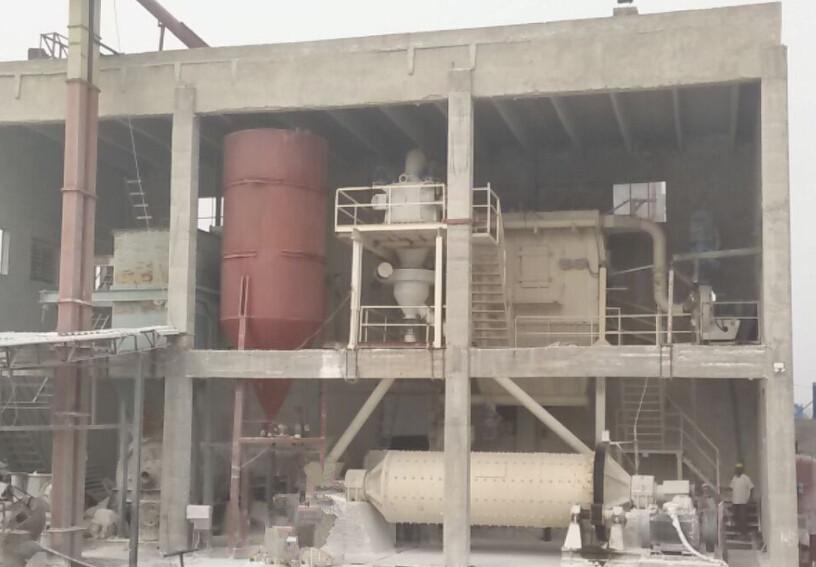NO. 369, Road S209, Huanxiu, Qingdao City, China
Vibration Mill,vibrating mill

The working principle and characteristics of vibrating mill
There are many types of vibratory mills. According to the vibration characteristics, it can be divided into inertia type and partial rotation type; according to the number of cylinders, it can be divided into single cylinder type and multi-simple type; according to the operation mode, it can be divided into intermittent type and continuous type.Vibration mill structure
The simple structure of the vibrating mill is mainly composed of the mill cylinder, the vibration excitation device, the elastic support device, the universal (elastic) transmission coupling device, the braking device, the driving motor and the base and other components.
The working principle of vibrating pulverizer
The vibrating pulverizer is driven by the motor through the universal drive coupling to drive the eccentric shaft exciter to rotate at a high speed, thereby generating an exciting force to make the vibrating part (cylinder part) perform continuous high-frequency and low-amplitude vibration on the elastic support device. The material in the cylinder is subjected to the strong impact, friction, shearing and other effects of the grinding body; at the same time, due to the rotation and relative motion of the grinding body, the particles of the material are frequently ground, which reduces the elastic modulus of the material and causes defects and defects. Micro-cracks expand to achieve the purpose of crushing materials. The cylinder body of the vibrating pulverizer equipped with the grinding medium and the material to be ground vibrates circularly driven by the drive shaft (the shaft is equipped with an unbalanced weight).
Characteristics and application of vibrating pulverizer
Compared with the rotary ball mill, the main performance characteristics of the vibrating mill are that the filling rate of the grinding medium in the cylinder is high, the grinding strength is high, the processing capacity of the same volume is large, and the grinding efficiency is high; and the structure is simpler and the operation is flexible and convenient. , either intermittent dry or wet pulverization, or continuous dry or wet pulverization.
In addition, by adjusting the vibration amplitude, vibration frequency, medium type, ratio and medium diameter, various materials can be processed, including high-hardness materials and products of various fineness, including ultrafine powder with an average particle size of 1μm or even less than 1μm body products. The disadvantages are: high requirements on machinery, especially springs and bearings in large-scale mills, which are easy to be damaged; feeding particle size can not be too large, should be less than 10 ~ 30mm; for some materials (toughness or heat-sensitive materials, etc.) Grinding is difficult, but in recent years, ultra-low temperature grinding technology has been used, which has been solved.




Leave a Comment